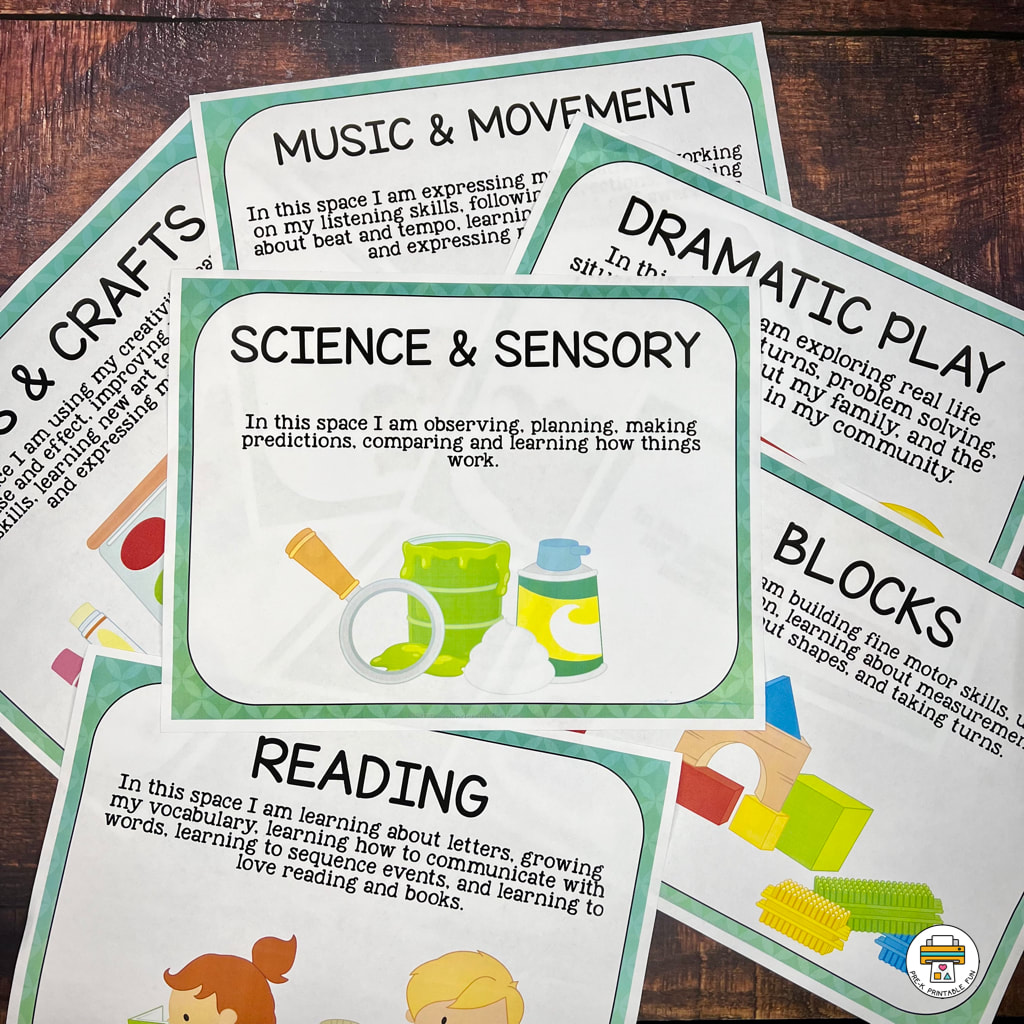|
Learning will look different this year for many people, especially children. With all the uncertainty and changes, it's become even more important to create a sense of belonging in early learning environments. This is true no matter where children are learning. Fostering a sense of belonging supports children in feeling safe and welcome in the learning environment, supports development of critical social-emotional skills, supports development of friendships, and builds resiliency. Use the tips below to help create a sense of belonging in your early learning environment. These tips are beneficial for all types of educators including homeschooling parents, child care providers, preschool teachers, elementary school teachers, and parents guiding their children through virtual school. 1. A Welcome Routine Starting each day with a welcome routine gives children something to look forward to. For families learning at home this might involve a breakfast routine and then the transition into learning time. For group settings it might be a special morning greeting and routine for settling into the classroom. Sign-In Activities Interactive Daily Attendance activities and routines help children transition from home time to learning time. While engaging in this routine children are seeing their name as part of the group and are identifying which friends are at school each day. Daily attendance activities are also great for name recognition! 2. Schedule a Morning Meeting It can be difficult to carve time out of a busy day for morning group meeting. Once you get into a routine, you'll be glad you did! Your morning meeting can be a part of your time carved out for circle time, or it can be a simple and short meeting time. For the purposes of fostering a sense of belonging try incorporating these 4 goals: 1. Welcome children to the day, this is an opportunity to get children excited for learning and transition into learning time. Make it positive and fun! 2. Encourage children to share something about their morning if they like. This could be how they slept, what they had for breakfast, something they did before learning time, a dream..whatever is on their mind! 3. Talk about the day. Describe what is happening that day for children. This helps children understand what to expect, plan for their role in their learning, and give general guidance for the day. If there is nothing "special" happening that day it's still important to talk about the daily routine, even if it's just talking about what will be for lunch that day!This is also a good time for children to voice any concerns they have for the day. 4. Wrap-up and encourage children to prepare for learning time and get started! For some children this might be getting a drink of water and then getting out their learning materials, for others it might be choosing their first play activity of the day. Sharing this time helps children feel like they belong in the group, they see that other children and adults care for them and want to hear what they have to say. They are also learning to have patience and be a good listener. 3. Assign Jobs Having classroom jobs or chores at home helps children to understand they have value in the group. They have a meaningful way to contribute and know that others depend on them. Older children may do well with simply having an established routine. Younger children benefit from having a visual to follow, and they love to see their name in print! An Interactive display, like this set of Editable Job Charts, is perfect for young children, and can easily be customized to fit your learning environment. 4. Support Friendships Young children often need help navigating friendships. Children are bound to run into conflicts stemming from everything from differences of opinion, misunderstandings, mood changes, and sometimes just because there is a full moon that night! Adults can support children in managing conflicts in many ways. Modeling how to be a friend is one of the most effective ways to support children. Acknowledging similarities and differences in children helps to create a sense of belonging and acceptance of others. Be ready to teach children multiple ways of solving conflicts such as with as with a problem solution kit. Here are two options: NCPMI Problem Solving Kit and CSEFL Solution Kit 5. Personal Space Creating special spaces for each child helps children to feel like they have a place in the learning environment. At home children may use their room to store their things, in a classroom it might be a cubby/locker labeled with their name and/or photo. If learning at home, it can be helpful to have a separate space for children's learning materials that is labeled with their name. This helps to identify the space or materials for being used during the designated learning time which supports engagement. Another consideration for personal space is a spot in the classroom where children can go to be alone. Some children love to be in with the group most of the time and others have a great need for some time alone. Knowing that children can have the opportunity to be alone when needed can help them feel more comfortable in the learning environment. 6. Photos & Class Book Create a photo album for the children in the group. For some learning environments there may only be one child, that's okay! For those situations include family members and even close friends. In a class book children can each have their own page. Include a photo of the child along with some standard questions like: favorite color, favorite outdoor activity...along with some open space for children to talk about what is important to them. Keep the class book in your learning environment for children to explore independently. Also, consider displaying photos of children and their families throughout the learning environment. Have a family photo wall where children can display their photos. Then in other spaces include photos of children playing independently and together. 7. Space for Small Groups Children benefit from learning environments that encourage children to engage in solo, dyad, small group, and large group play. You can encourage each style of play by making sure children have appropriate space available. A small table with 2-3 chairs supports children interested in playing with just one or two friends. Larger spaces offer opportunities for children to collaborate and play cooperatively. These spaces are also perfect for facilitated games to promote teamwork and togetherness. 8. Class ProjectsSet up opportunities for the entire class or family to work on a project together. Some ideas:
Community Member Sheena W. invited her group to create a large piece of art together using markers, dot markers, and stickers. When complete each child placed their photo near the spot they contributed the most. 9. Family EngagementWhen children are learning from home there are many fun opportunities to involve family near and far! Encourage your children to write letters or draw pictures to send to family. Invite family along on field trips and encourage your child to video chat or call family and tell them about what they are learning. In the early childhood classroom be sure to encourage family involvement. Learn about the background of each child, cultural practices, things the child likes, family structure, home languages, and developmental goals the parents have for their child. Families can become involved on a regular basis in many ways. Invite parents to come in and read to the group or share about their work. Send home engagement activities that encourage families to play and learn together! 10. Join in ActivitiesJoining in on activities is an opportunity to support children in social and cognitive development. Actively playing and engaging in conversation allows learning to happen naturally. Educators model language, provide scaffolding, model behavior and guide conflict resolution. This is also a great opportunity to work on curriculum development. As educators observe and engage in play they are learning more about each student, what their interests and skill levels are. Having this information is essential to individualizing lesson plans. Are you looking for a sense of belonging? You Might Also Like |
What can I help you find?
Become a MemberGet Free
|
Learning Centers
Preschool Learning Centers are commonly referred to as Preschool Centers, or Learning Spaces. These are activity areas dedicated to a specific type of of play and exploring a variety of topics and activities. Download our Free set of Center Signs!
|
Site
|
|

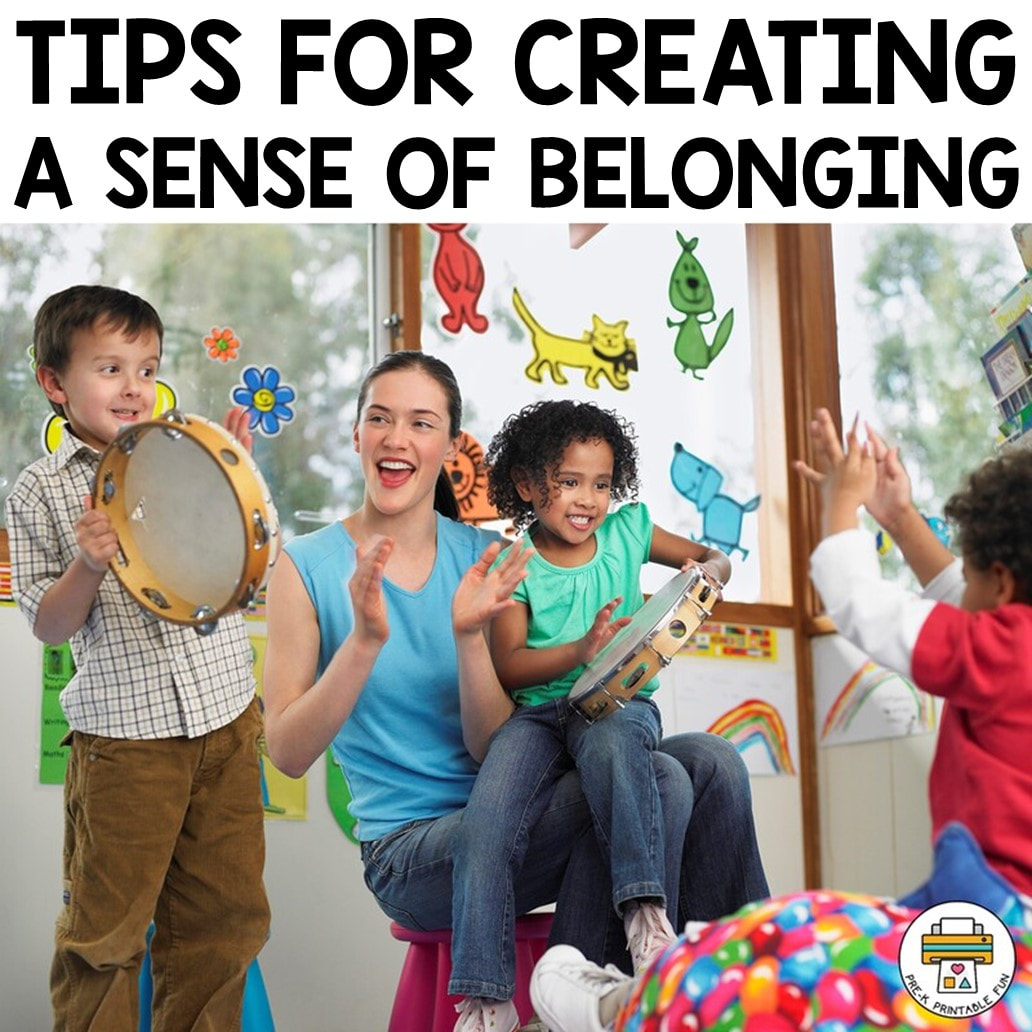
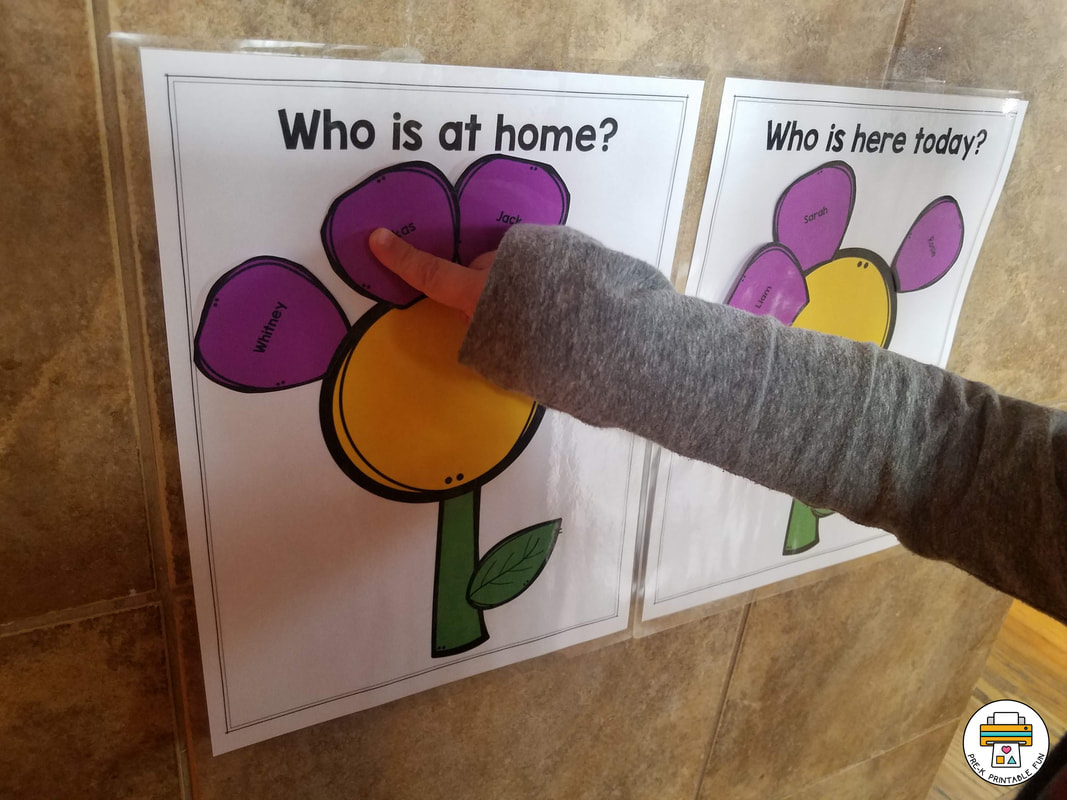
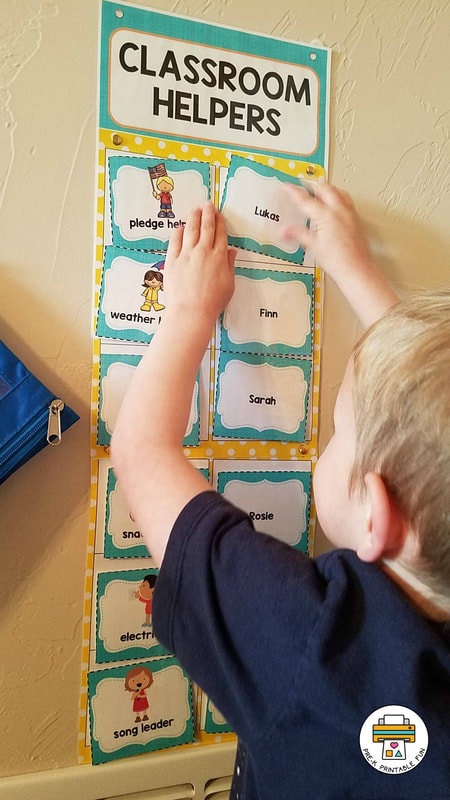
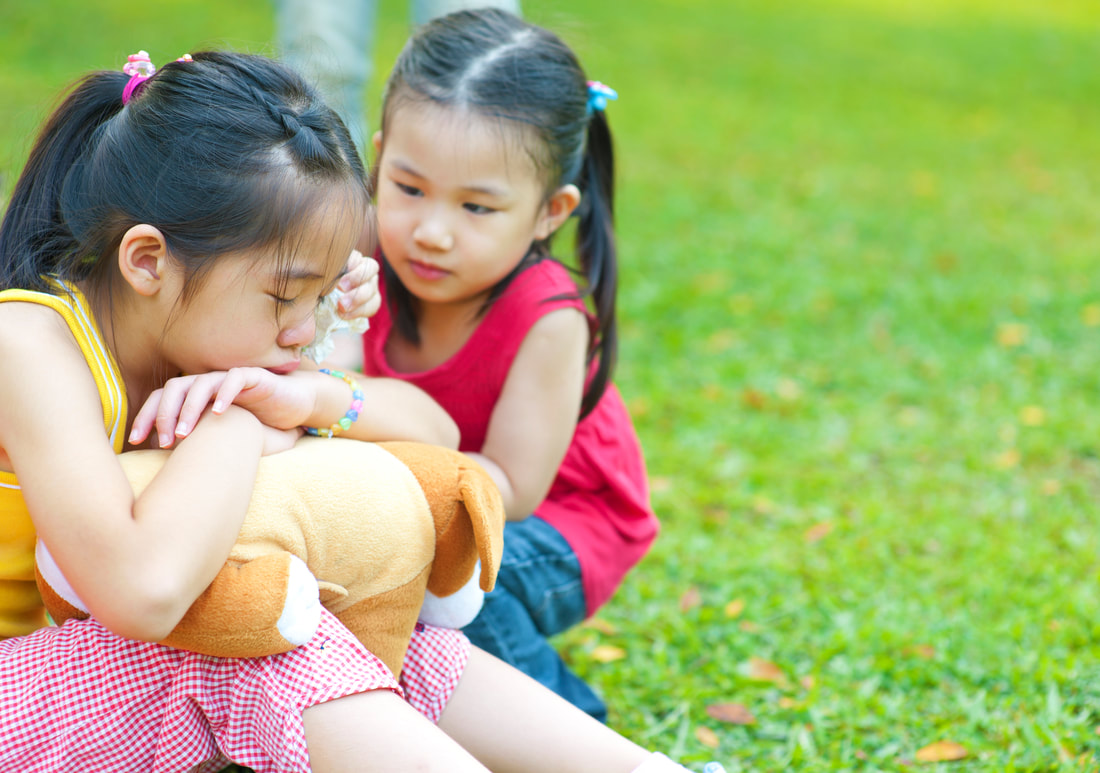
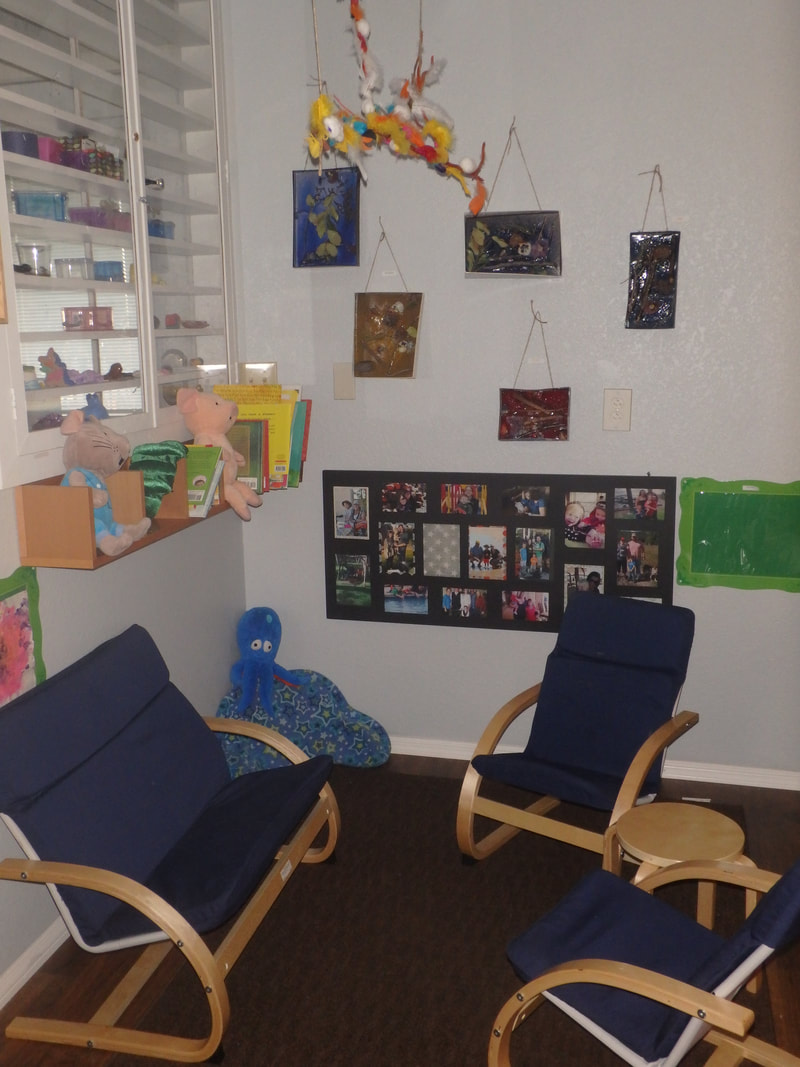
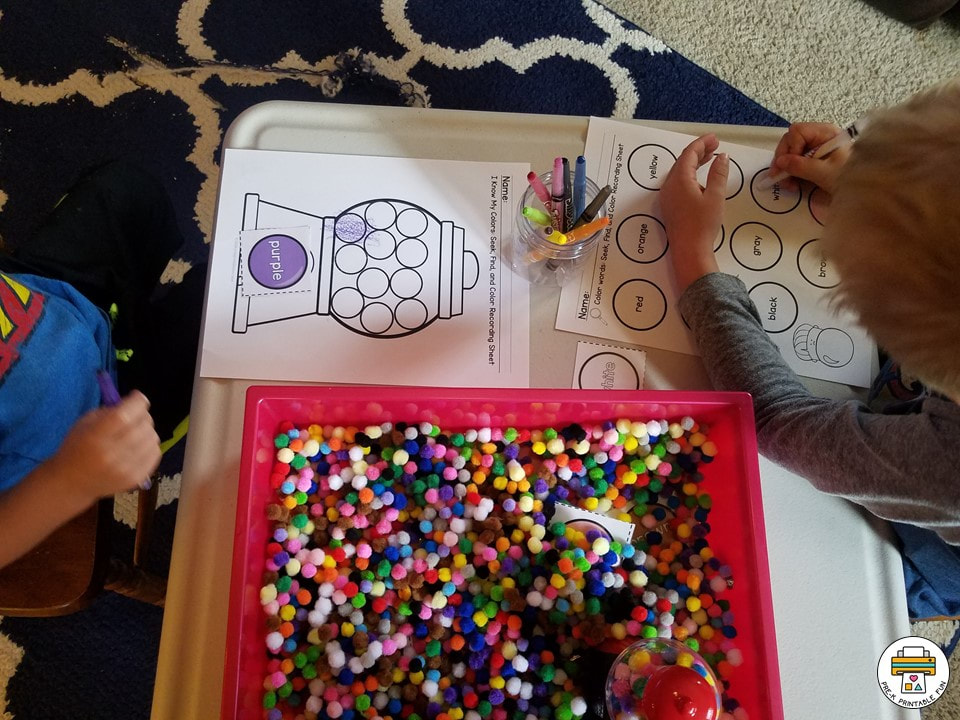
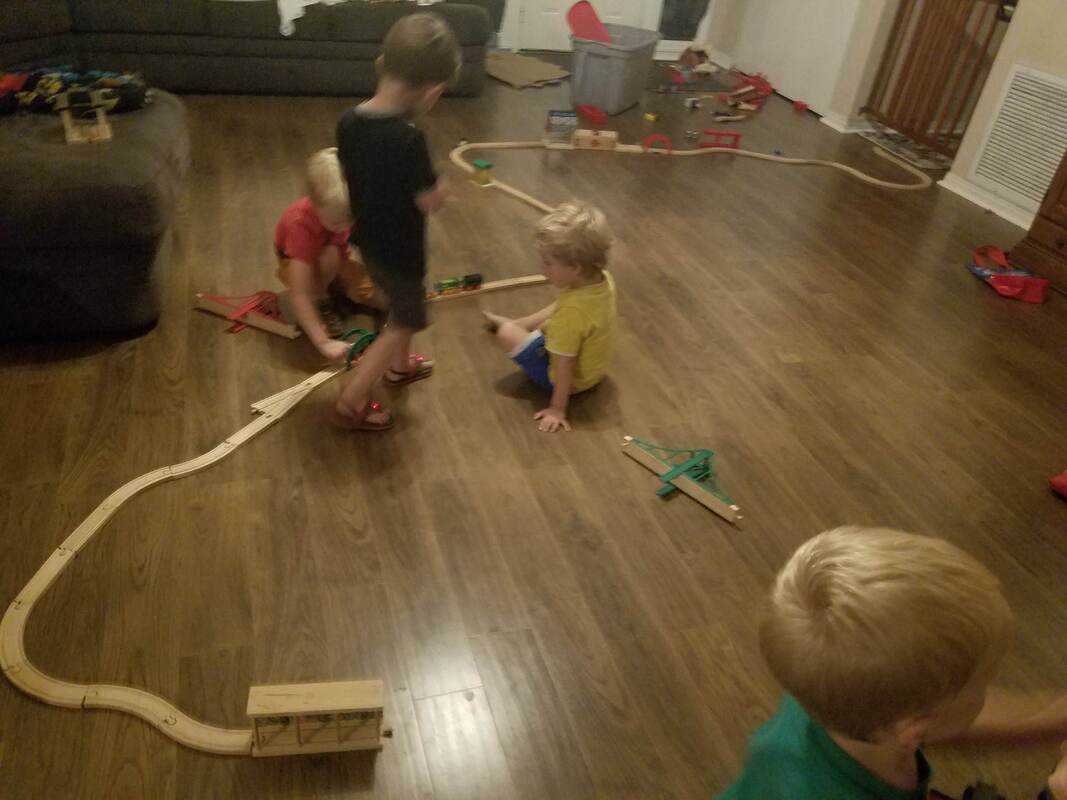
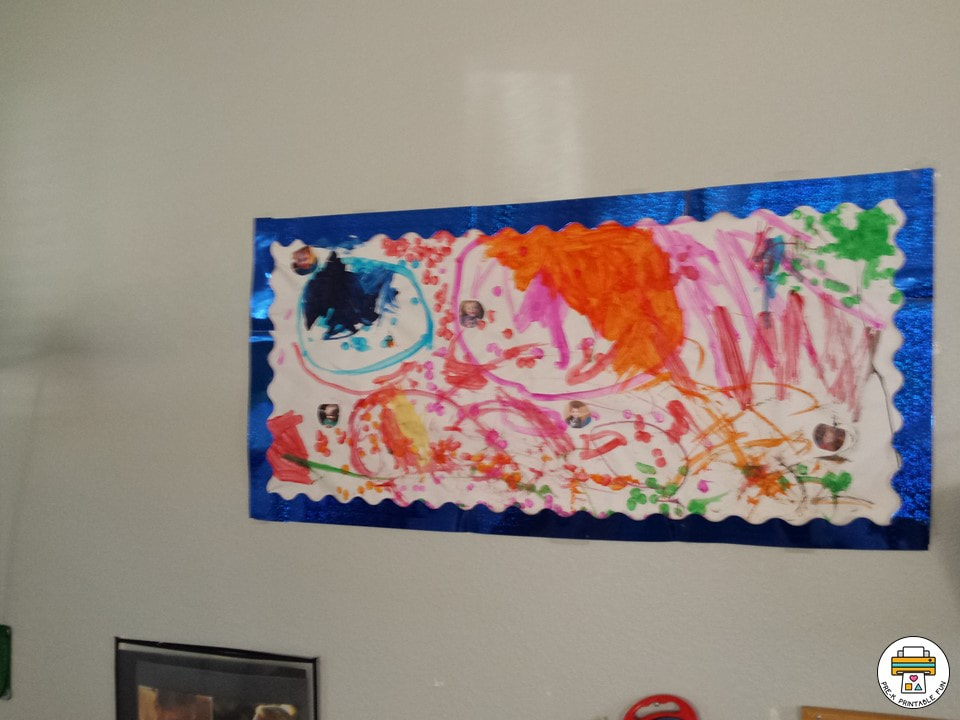



 RSS Feed
RSS Feed
